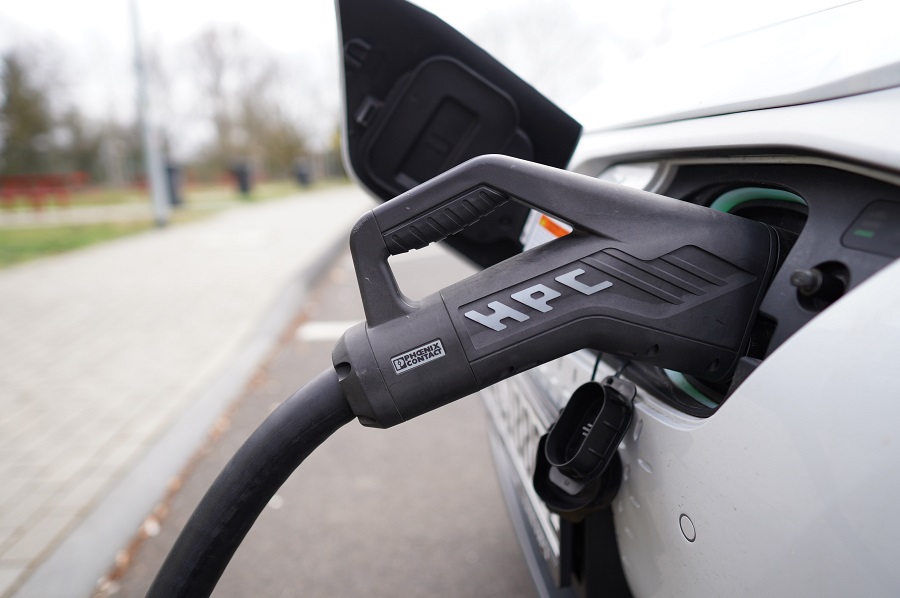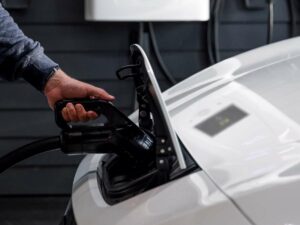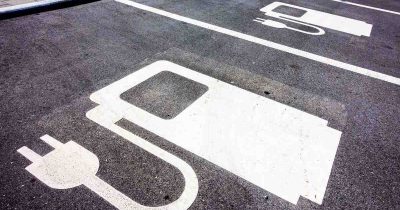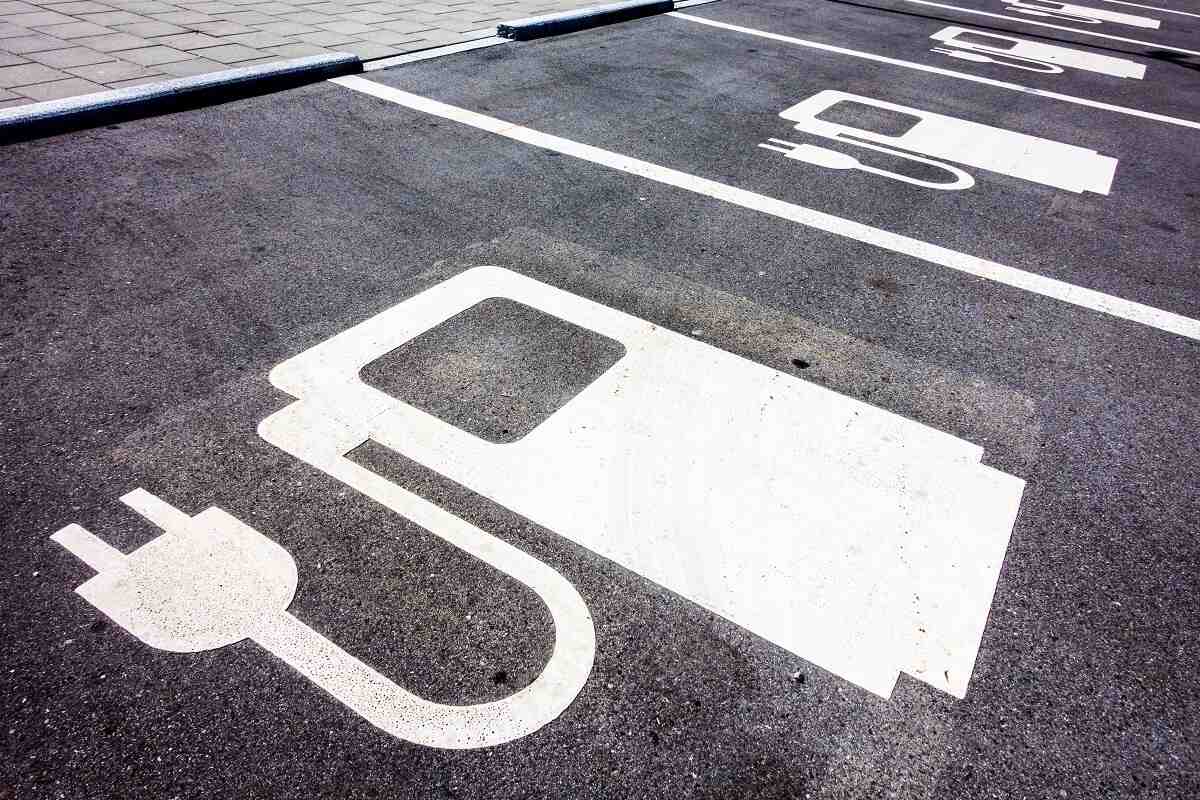Even if the abolition of subsidies is currently slowing down the incentive to buy electric vehicles, German fleets are already largely electric. According to a study by Vattenfall, 63% of the companies surveyed have electric vehicles in their fleet. Around 12% of vehicle fleets in Germany have already replaced all combustion engines with electric vehicles. In addition to the reduction in CO2 emissions, the lower long-term costs also make e-vehicles an interesting option for your own fleet. Nevertheless, there are various cost drivers to consider when making the switch, which we present to you in more detail in this article.
Contents
Acquisition costs as a cost driver
The purchase costs of electric vehicles are generally higher than those of conventional vehicles with combustion engines. This is mainly due to the costly batteries, which are among the most expensive components in electrically powered vehicles and account for almost a third of the purchase price. In addition, commercially registered e-vehicles will no longer be subsidized from September 2023. Due to the abolition of the environmental bonus and the current high energy prices, the point at which an e-vehicle pays off compared to a combustion engine is being postponed.
But there is a positive development: researchers at the Technical University of Munich predict that electric vehicles will be cheaper overall than combustion models in around three to five years. This is partly due to the production of higher quantities and the falling cost of batteries.
Maintenance and servicing as costs for an e-vehicle
Compared to combustion engines, the maintenance costs for electric vehicles are around a third lower. This is because the engine of an electric vehicle has fewer wear-prone components than an engine powered by gasoline or diesel. Familiar components such as spark plugs, oil filters, clutches and timing belts are not required in electrically powered vehicles. Vehicle maintenance is correspondingly easier and cheaper. Nevertheless, brakes, air filters and electronics should be serviced regularly to avoid expensive repairs.
Testing electric vehicles?
With a car subscription, you can test without obligation whether an electric car is suitable for your fleet. With no hidden costs and a term of just one month.
Insurance costs for an e-fleet
In principle, electric vehicles require the same insurance as conventional combustion cars. This includes motor vehicle liability insurance and, ideally, comprehensive insurance. Many insurers now offer special e-vehicle insurance policies that cover against operating errors when charging or damage to the electronics caused by animal bites, for example.
As insurers have now been able to collect and evaluate a larger data set on the damage record of electric cars, the price of insurance policies has fallen and is sometimes even cheaper than for combustion models. This is because it has been shown that there is hardly any difference in the damage balance between electric cars and combustion engines. Newly registered electric cars are even exempt from vehicle tax until 2030.
Electricity costs for an e-vehicle
Despite high electricity and fuel prices, it is still cheaper to drive an e-vehicle than a combustion engine. An analysis by the comparison portal Verivox proves this with concrete figures: in 2022, driving an e-vehicle was 41% cheaper than driving a diesel vehicle and 37% cheaper than driving a petrol vehicle. How high the charging costs are in detail depends on the current electricity prices, the type of charging station and the consumption of the e-vehicle. In addition, billing differs from charging station to charging station. While some charging stations charge by the kilowatt hour, others charge by the time used.
Costs for wallbox or own charging stations
Anyone who decides to install wallboxes or their own charging stations on company premises must factor in the costs of purchase, installation and maintenance. The prices vary and depend on the provider, performance and number of charging points. Fleet managers should factor in acquisition costs of between 2,000 and 5,000 euros for a charging station. Prices for wallboxes start at around 600 euros.
Charging electric cars via a conventional socket is not recommended. Apart from the long charging times, there is also a high risk of fire, as normal household sockets are not designed for such a continuous load.

Earning money with the GHG quota
The GHG quota, short for greenhouse gas quota trading, is intended to reduce environmentally harmful emissions – particularly in road traffic. Thanks to it, owners of e-vehicles can earn premiums of several hundred euros a year. They sell the CO2 saved on to oil companies, which are obliged to reduce their C02 emissions every year through greenhouse gas reduction quotas. If the rate is 8% in 2023, it will rise to 25% by 2023. If the oil companies do not reach their quota, they face fines.
Our conclusion: e-vehicle as a cost driver?
All cost factors must be taken into account when purchasing electric vehicles. If you take a look at the individual cost drivers, it quickly becomes clear that e-vehicles usually perform better than combustion models. Although the purchase costs are currently still higher, this can be offset by the lower operating costs for maintenance and charging. Premium programs such as the GHG quota even make it possible to earn extra money with e-vehicles.
The most important facts about the cost of an e-vehicle
The acquisition costs for e-vehicles are currently higher than for combustion models. However, they are expected to fall over the next few years, partly due to the increase in production capacity.
Compared to combustion engines, e-vehicles are cheaper to maintain as they have fewer parts that are susceptible to wear and tear.
Despite high electricity costs, driving an electric vehicle is cheaper than driving a vehicle powered by diesel or gasoline.
Further Fleet Knowledge
If you liked this article and would like to know more about this topic, we recommend these articles.

E-car as a company car: taxes, costs and insurance




